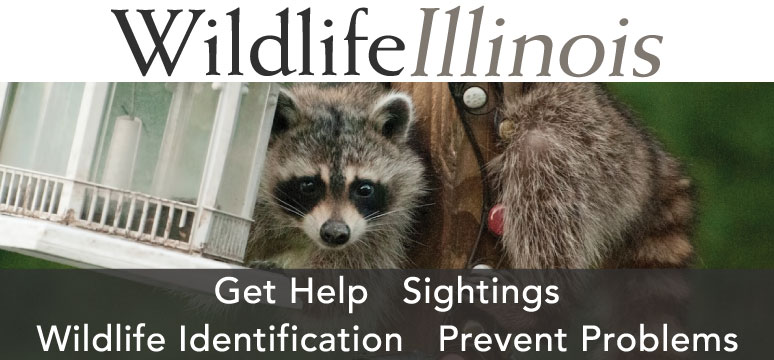
Hunting is the primary cause of death for deer in Illinois and Missouri and is used to manage deer populations at levels that protect landowner and hunter interests. In central and northern Illinois, where forest cover is limited, deer without refuge protection are hunted heavily each year.

To investigate the effect of refuge protection on the deer population surrounding each refuge, tagging studies were conducted over a 5 year period on a 1,500-acre refuge in Piatt County, and for 6 years on a large study area in north-central Missouri that contains two refuges. The immediate study area in Piatt County contained 36 percent forest, a much higher proportion than for the county as a whole (only 2 percent forest). Forests covered about 18 percent of the Missouri site.
On the Illinois site, refuge protection served to increase the deer population on the refuge while deer numbers off refuge declined to near zero each year without input from the refuge population. Dispersals of deer from the refuge increased the surrounding deer population and allowed hunters to enjoy successful hunts each year. Computer simulations based on these results indicated the refuge would need to provide about 40 percent of the females and buck fawn population to stabilize the off-refuge deer population at current hunting pressures.
In Missouri however, deer populations increased both on and away from the two refuges although population increases were lower off refuge. In fact, hunters would have needed to increase their harvests of deer about 20 percent just to slow population growth on the entire study area.

The results of these studies indicate that refuge effects for off-refuge deer populations depends on several factors including refuge size, average hunting pressures each year off the refuge, and the makeup of the landscape within and outside the refuge (such as the amount of available cover for deer). In areas where forest cover is small and scattered (less than about 5 percent of the landscape) refuges appear to enhance hunter success off refuge but where forests are more abundant and hunters less concentrated, refuges often make it more difficult to effectively manage the deer population.
Another problem occurs when refuge deer populations are allowed to increase unchecked and deer destroy understory vegetation on the refuge and farmer’s crops off refuge. Also, when refuges are then opened to hunting, hunters off refuge may find their success declines due to fewer deer dispersing off site. Thus, where refuges are present, wildlife managers must try to balance hunter satisfaction, private landowner desires, and refuge integrity, never an easy task. At present many former refuges are open to at least archery hunting which seems a good compromise for all the competing interests.
Lonnie Hanson is retired from his position as the cervid biologist with the Missouri Department of Conservation.
Charlie Nixon is a wildlife ecologist retired from the Illinois Natural History Survey.



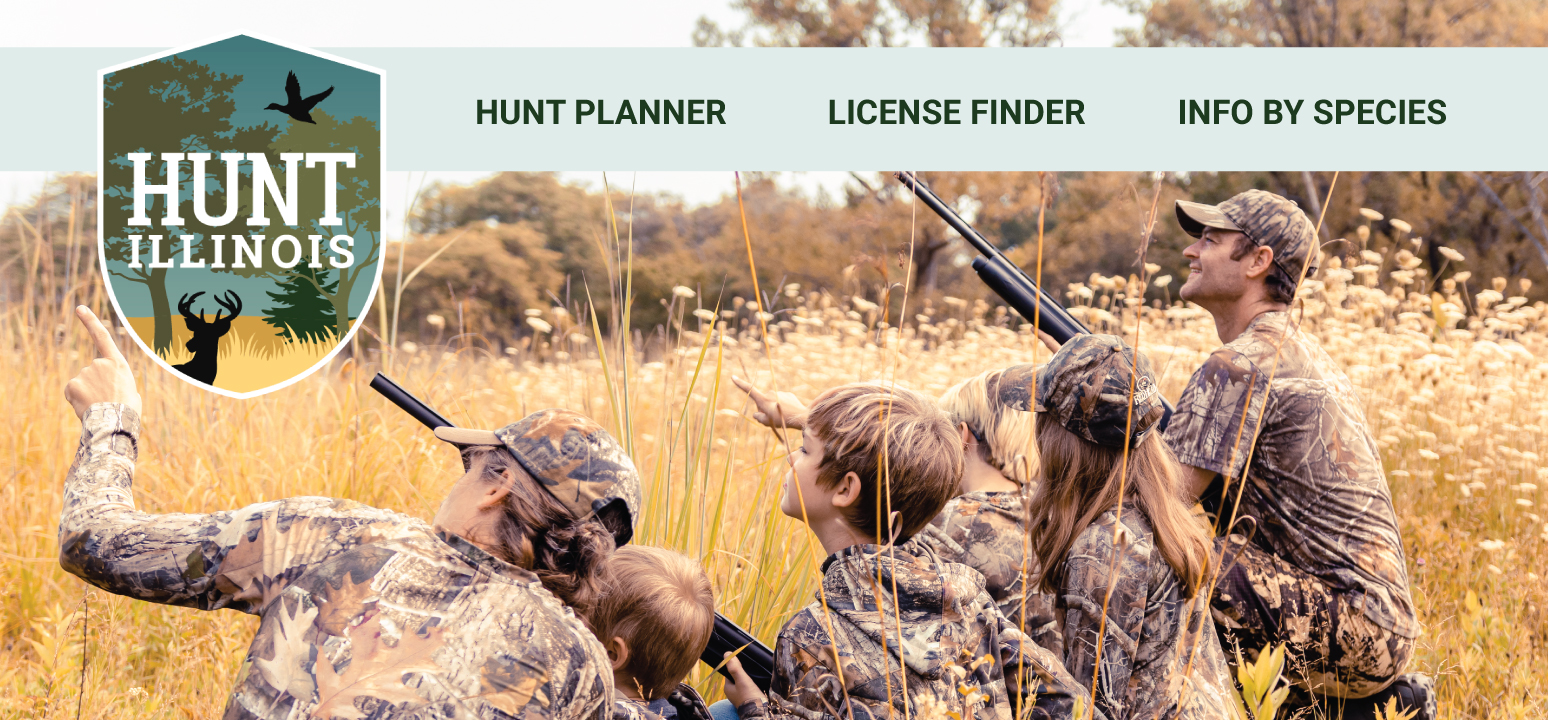

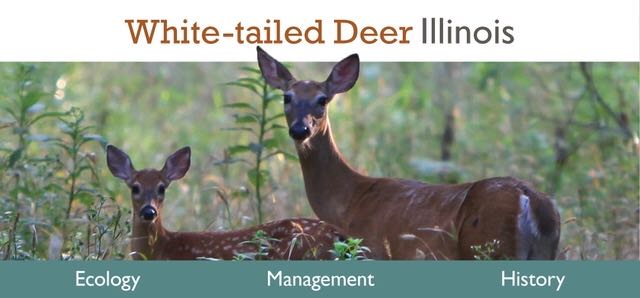
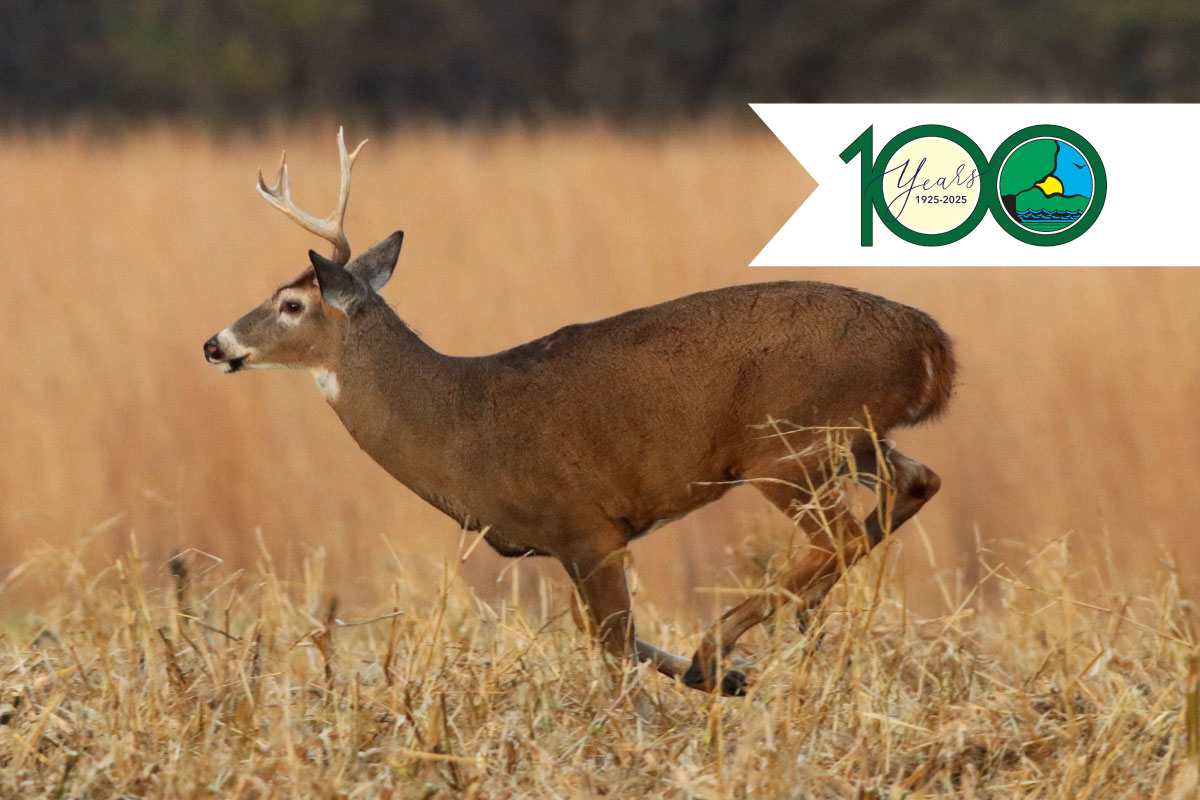

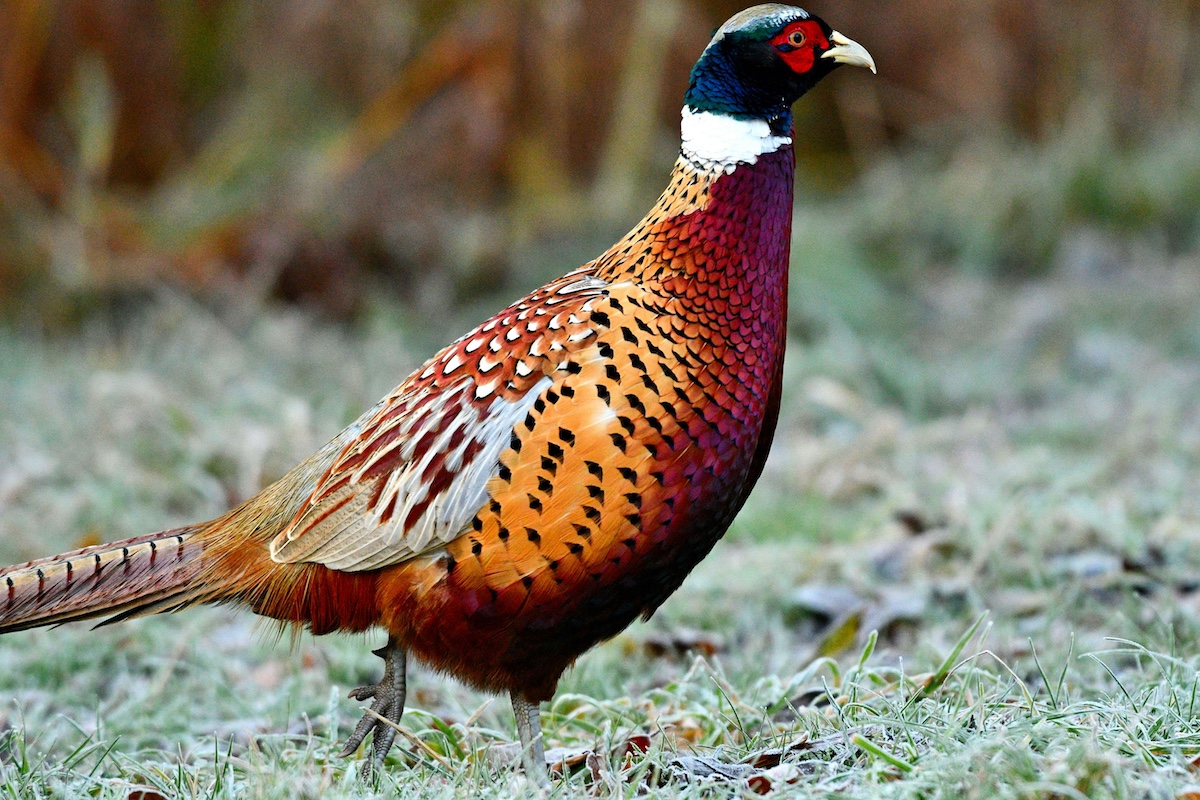
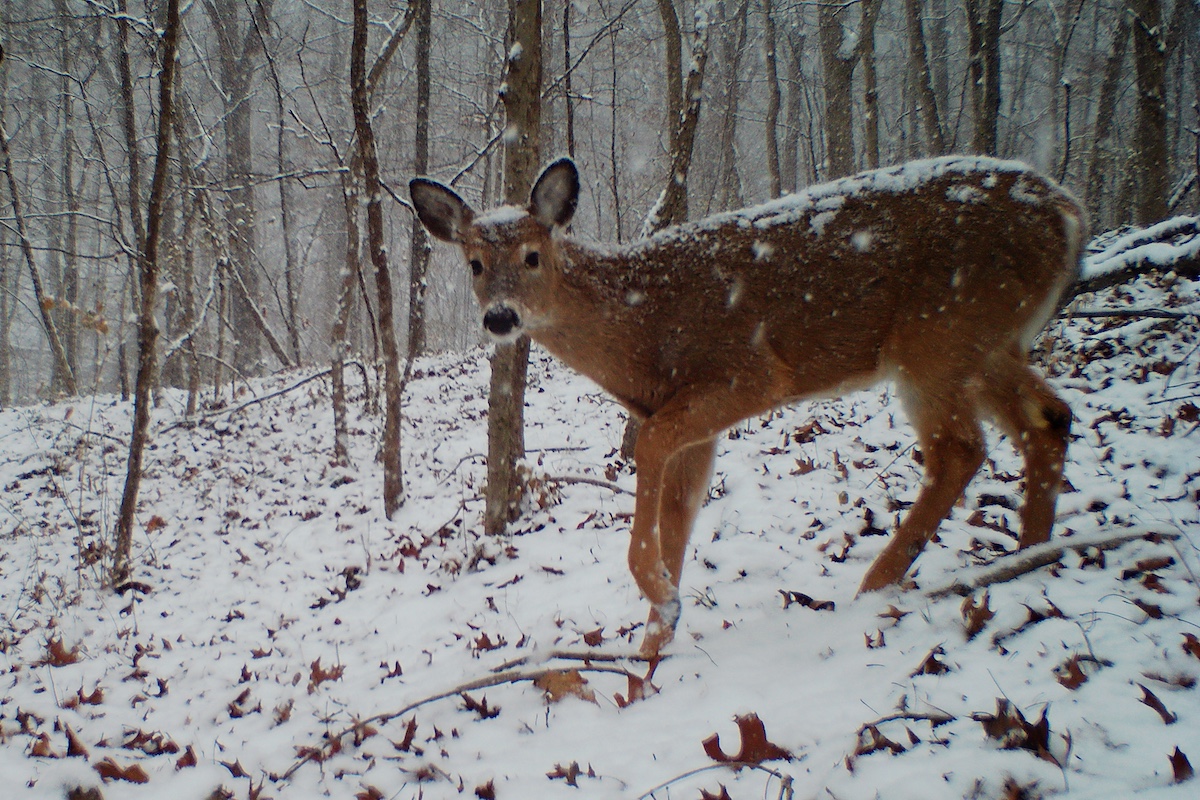
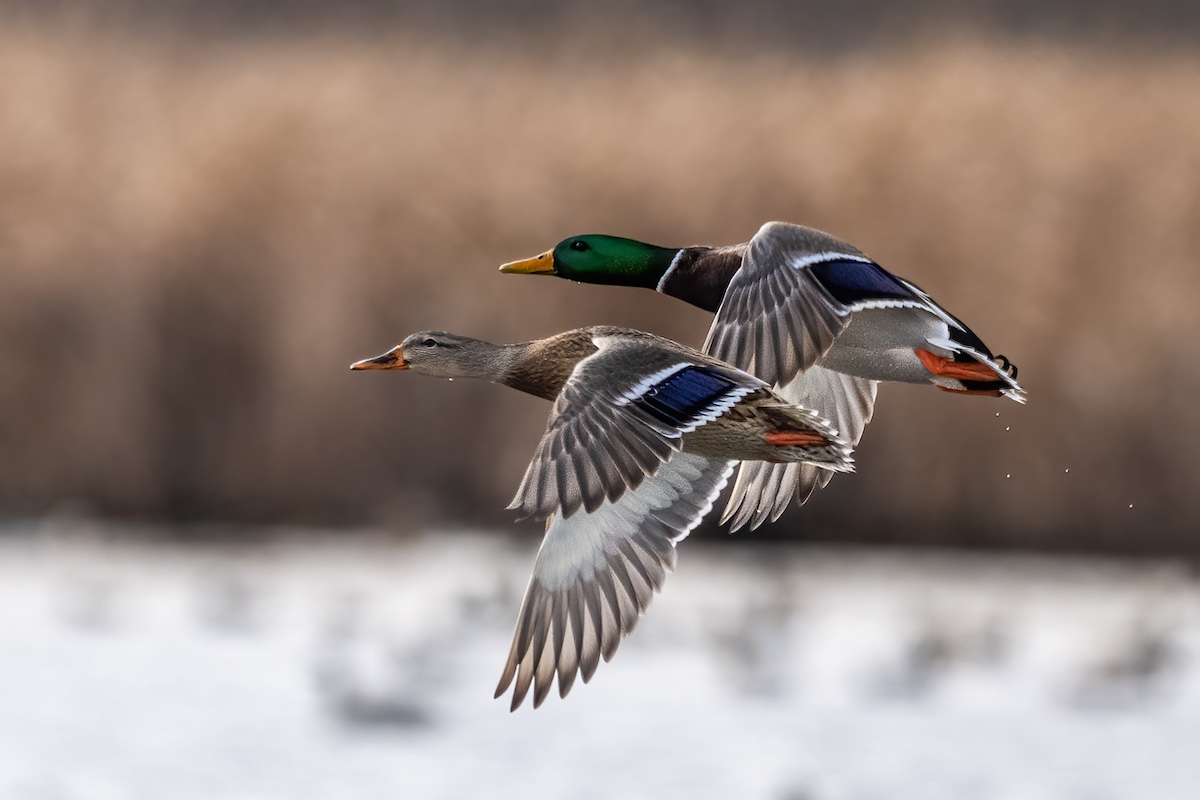
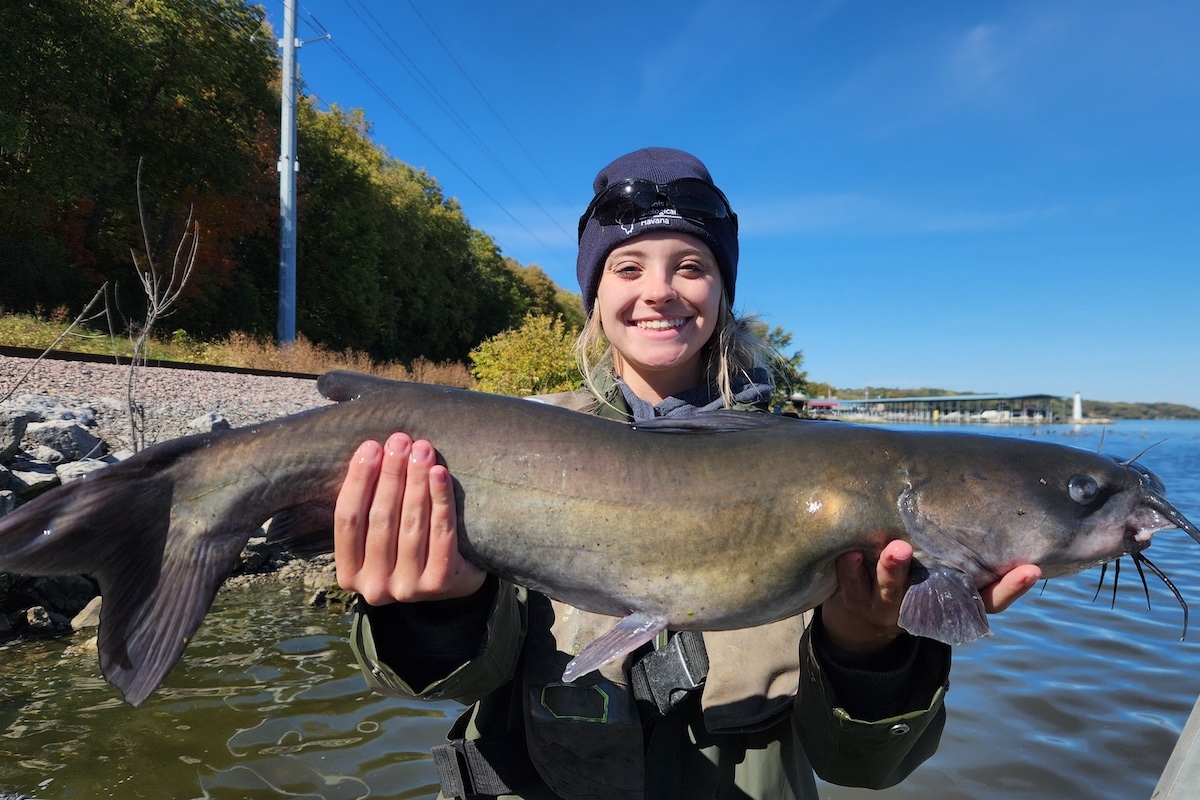
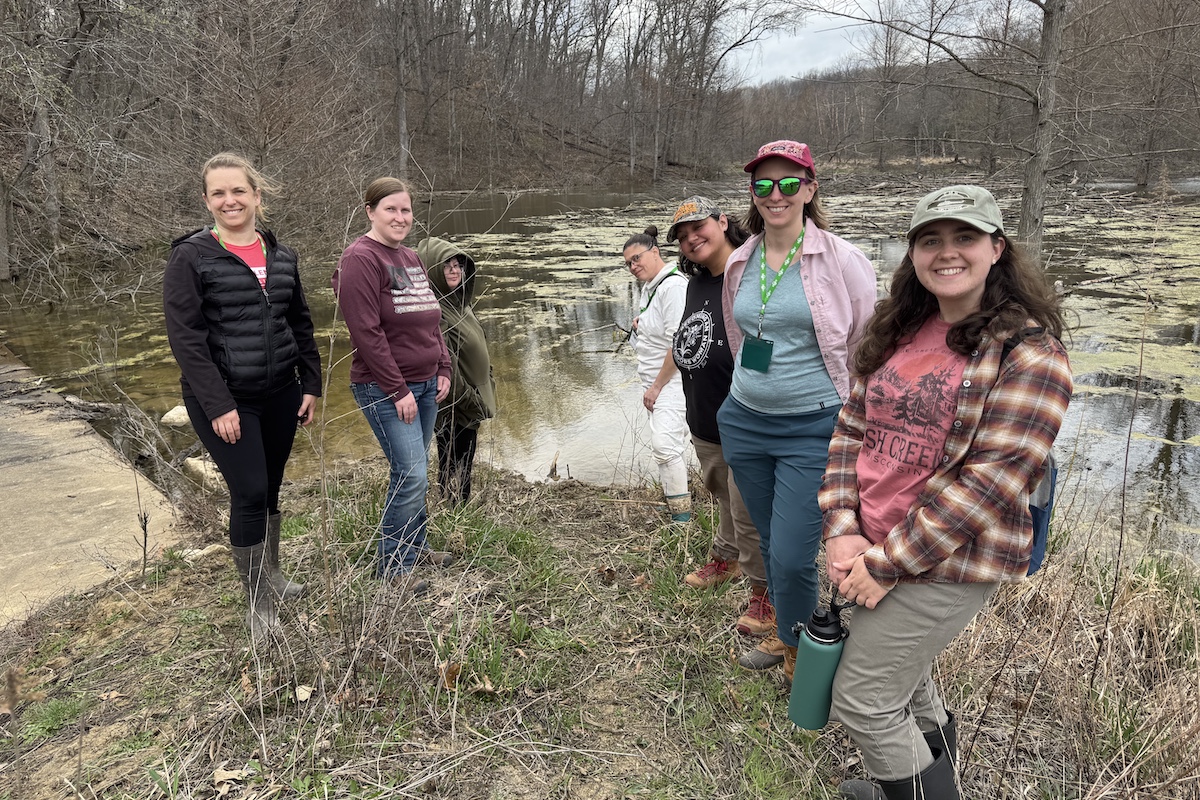
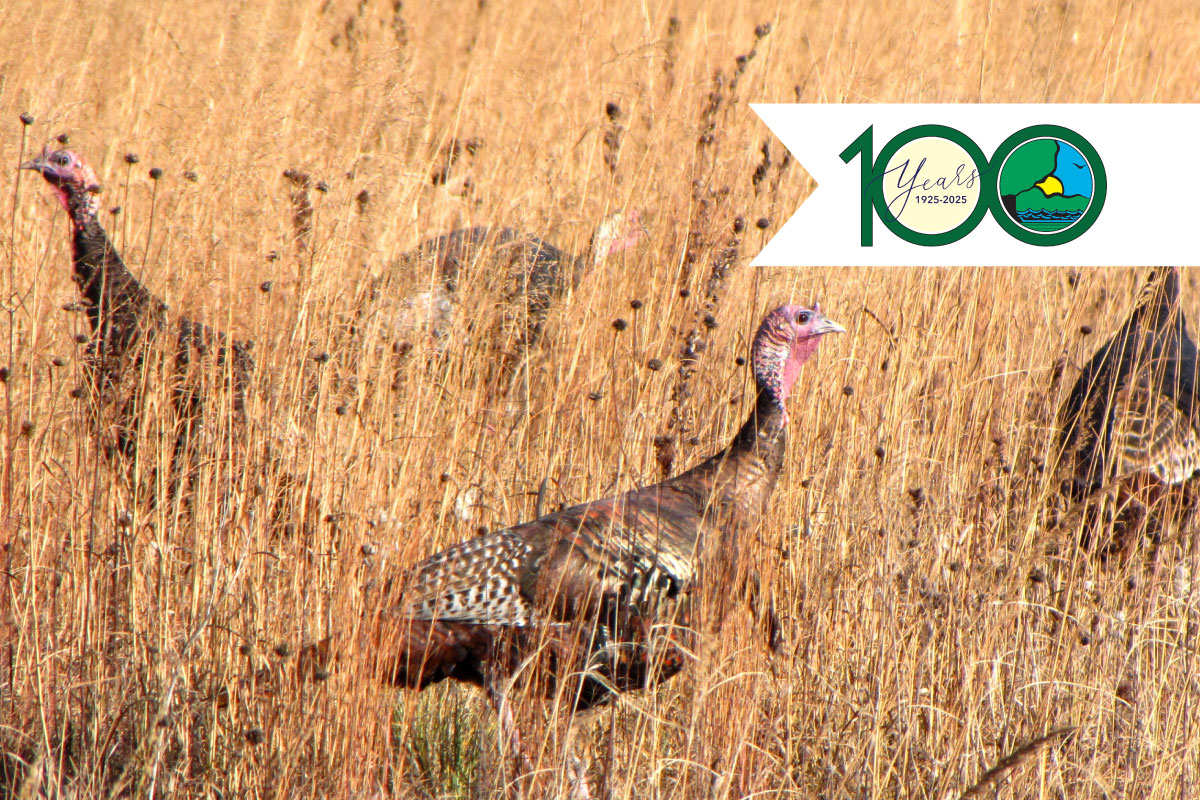
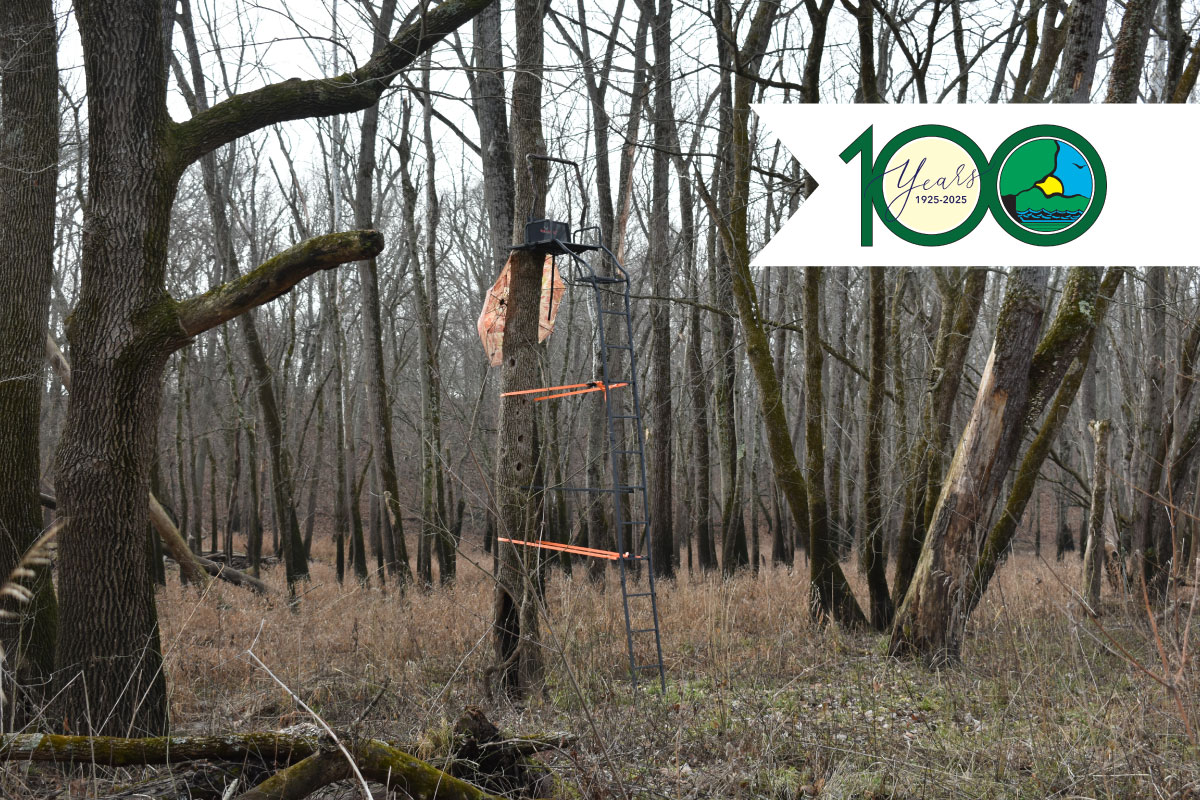
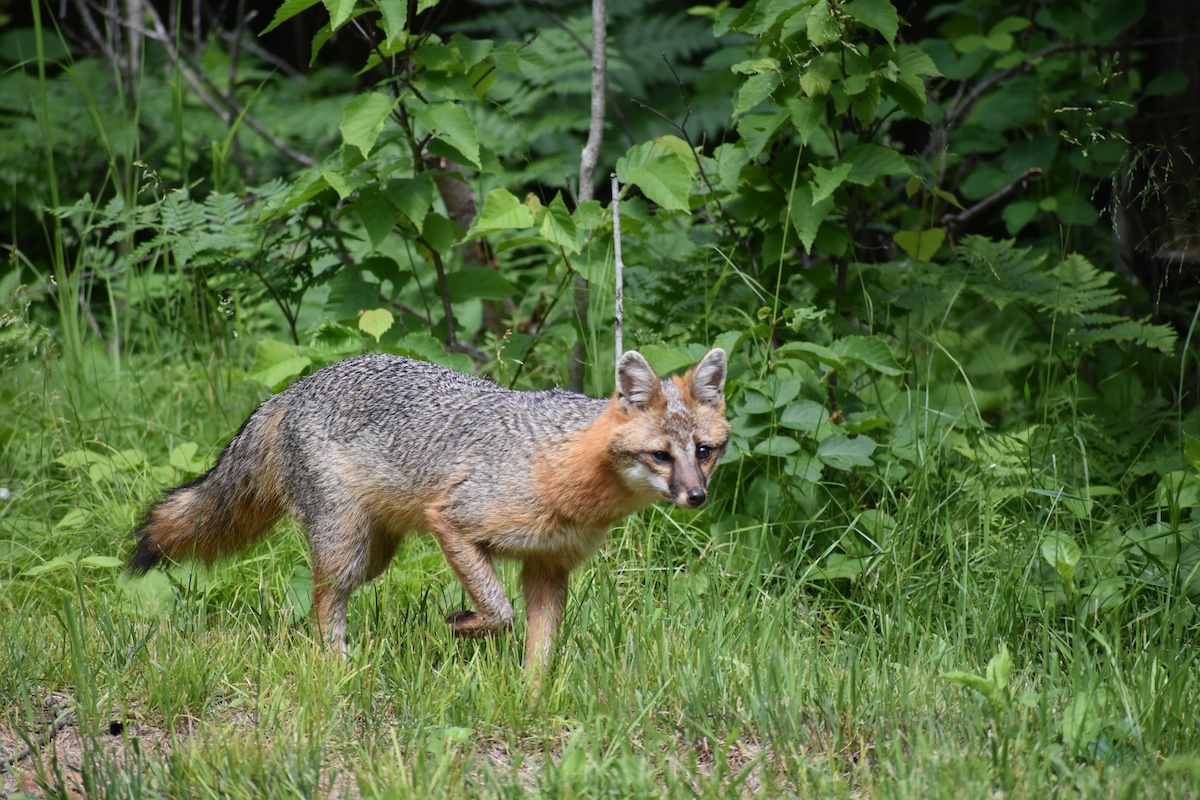
Submit a question for the author